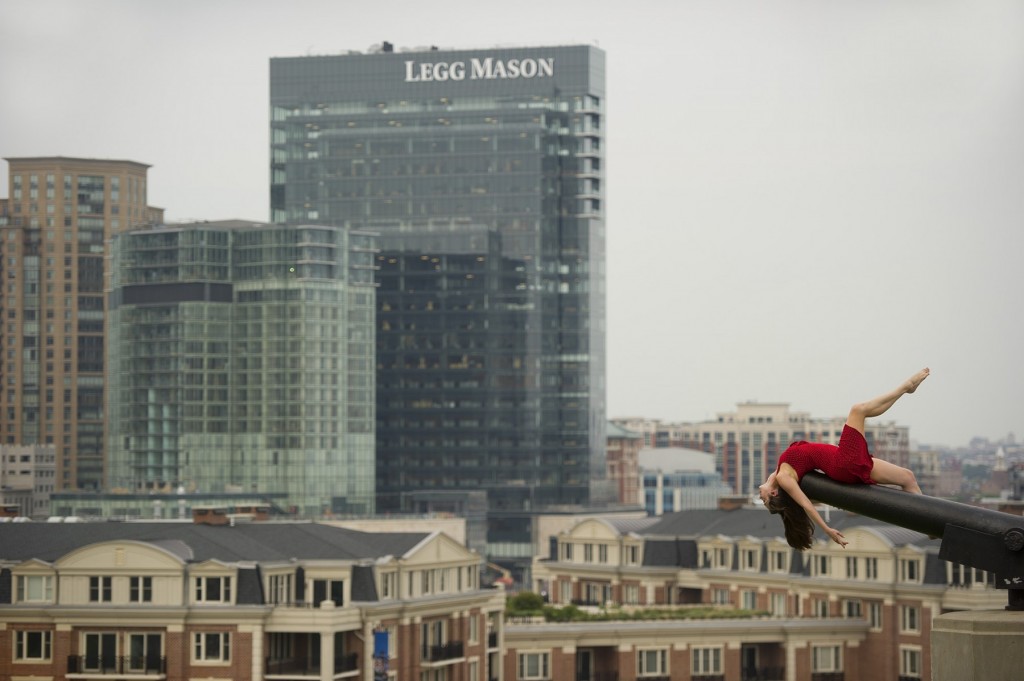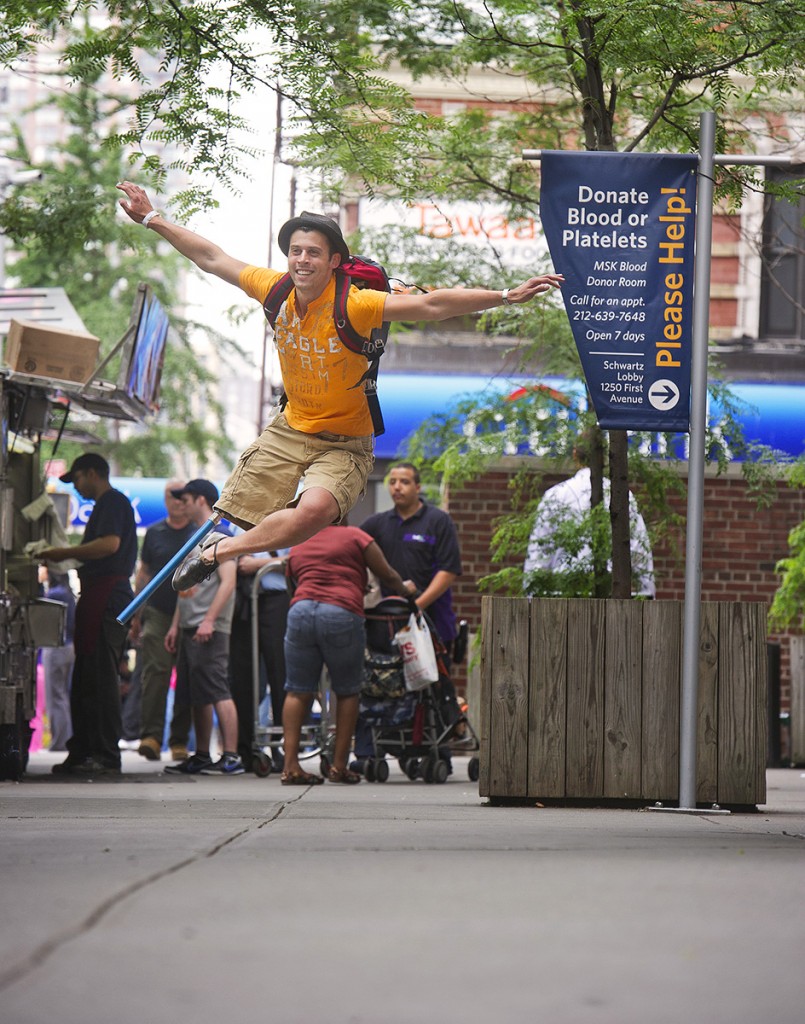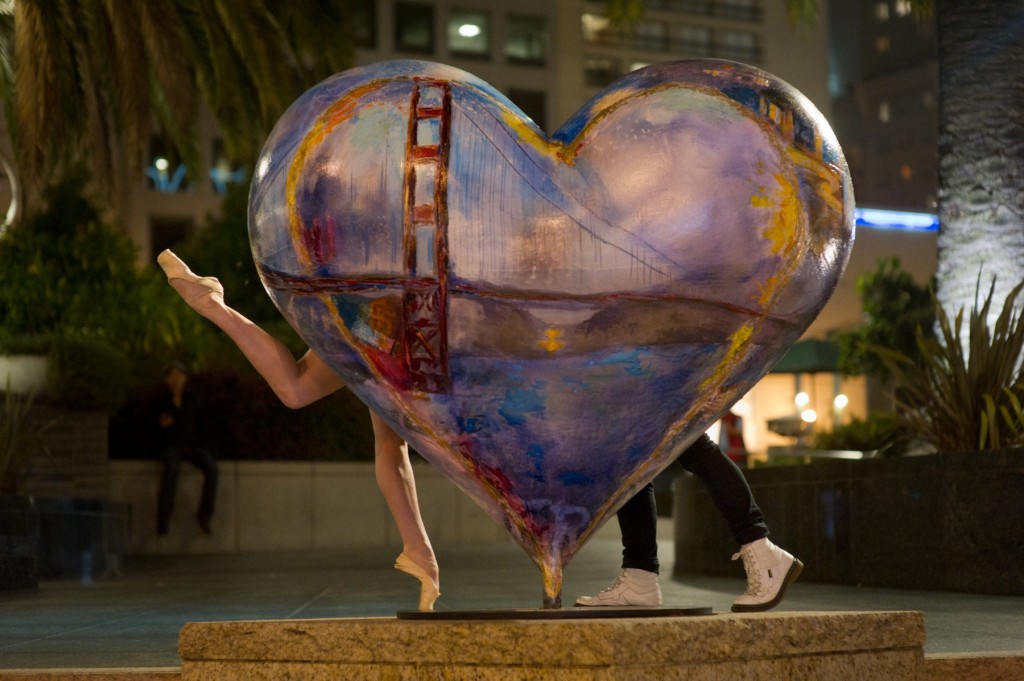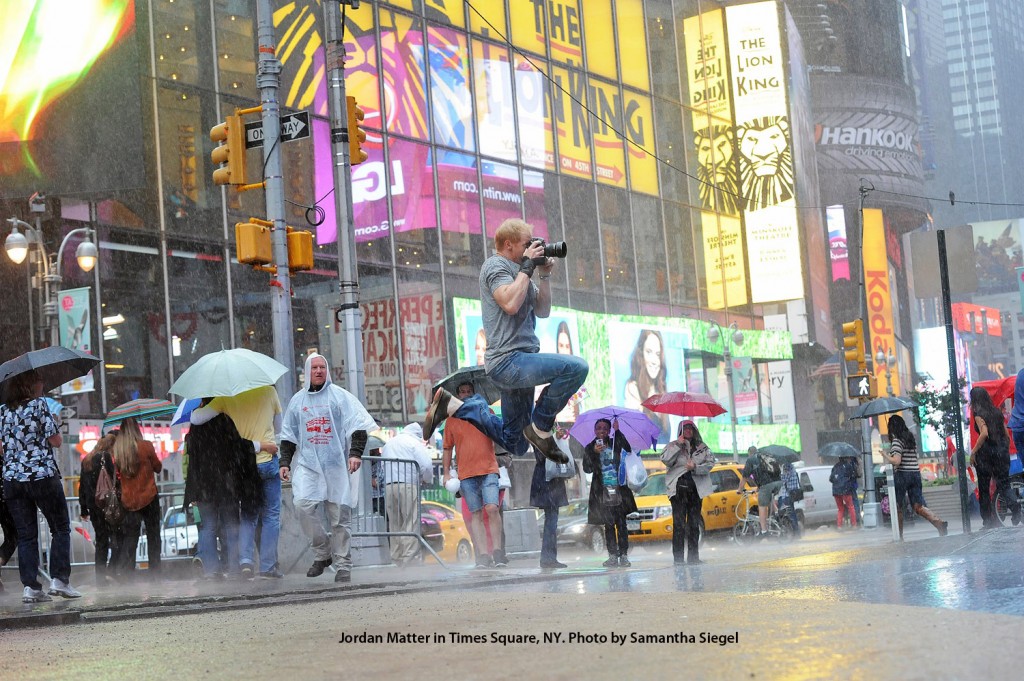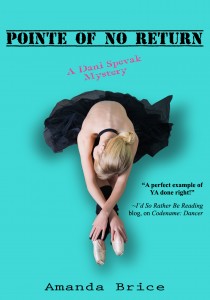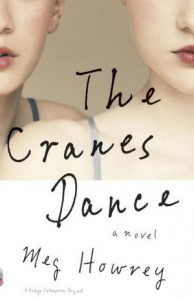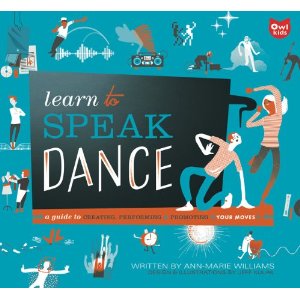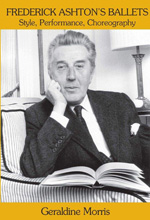 My most recent paper-bound treasure is Geraldine Morris’s Frederick Ashton’s Ballets: Style, Performance, Choreography, an analysis and discussion of six of Ashton’s works. Having limited exposure to Ashton’s ballets, I approached it as a primer on his work—characteristics, influences, and their place in the repertories of companies today. I came away with much more information and many more questions than I had bargained for. Morris professes one of her goals to be “to promote greater understanding of both dance movement style and choreographic style, so that the book is not only interesting and useful for performers but also for dance academics and committed dance audiences.” I consider myself belonging to all three categories, and though I haven’t reached understanding yet, Ashton’s Ballets has provoked my interest intensely.
My most recent paper-bound treasure is Geraldine Morris’s Frederick Ashton’s Ballets: Style, Performance, Choreography, an analysis and discussion of six of Ashton’s works. Having limited exposure to Ashton’s ballets, I approached it as a primer on his work—characteristics, influences, and their place in the repertories of companies today. I came away with much more information and many more questions than I had bargained for. Morris professes one of her goals to be “to promote greater understanding of both dance movement style and choreographic style, so that the book is not only interesting and useful for performers but also for dance academics and committed dance audiences.” I consider myself belonging to all three categories, and though I haven’t reached understanding yet, Ashton’s Ballets has provoked my interest intensely.
The ballets themselves Morris considers in pairs: A Wedding Bouquet (1937) and Illuminations (1950), two ballets featuring spoken words; Birthday Offering (1956) and Jazz Calendar (1968), non-narrative works; and Daphnis and Chloe (1951) and A Month in the Country (1976), two narrative ballets. By comparing works made on dancers of different backgrounds and at points throughout Ashton’s career, Morris determines that some of the defining characteristics of Ashton’s style are the use of what are typically transition or minor steps as major motifs, complex epaulement including the invisible pathways drawn by the limbs in space, unexpected changes of direction and dynamic, and different rhythms occurring simultaneously in the upper and lower body.
In addition to providing detailed descriptions and comparisons of the six ballets, Morris offers background concerning Ashton’s influences: Petipa, Duncan, Nijinska, Pavlova, the stage dancing of the 1920s and ‘30s, and the dancers of his ballets. In other words, he made use of what came before him, what was in front of him, and what was within him. (Morris states that Ashton was “concerned to understand temperament and sensibility.”)
Tracing chains of influence through time and changes in the treatment of a static entity (in this case, codified ballet technique) over time are central to Morris’s arguments. Repeatedly, she emphasizes the extent to which much of today’s dancing favors line and shape over motion. She maintains that such emphasis is stylistically detrimental to Ashton’s works, which depend on movement and dynamic over shape or position.
Morris’s discussion of influences on Ashton extends both inward to the analysis of each ballet she addresses and outward, beyond Ashton’s work. For example, in her breakdown of Daphnis and Chloe, Ashton’s, Ravel’s, and Fokine’s treatment of the Greek myth are acknowledged. Where Jazz Calendar is analyzed, Morris highlights the contrast between Balanchine’s and Ashton’s treatment of similar influences: stage dancing and African-American movement. Similarly, each of these two choreographers were strongly influenced by Petipa, yet each paid tribute in decidedly different ways. I find this quality of her book tantalizing—it invites endless exploration of the interconnected web of dance history and the present day. As an audience member, to be conscious of references and allusions in choreography enriches my viewing experience. As a performer, knowledge of influences and stylistic traits enhances my ability to interpret style with more integrity, in turn allowing the audience to view work as the choreographer intended it.
At its heart, this book poses questions of relevance, reverence and preservation. To what extent must ballets evolve to stay relevant? To what extent must dancers adapt their own movement style to suit choreography? Ballet is a live art whose present is better understood and enjoyed by examining its past, and whose future is being shaped by past and present. Morris sums herself up best:
“To survive, past works need to respond to the changing world and this is particularly difficult in dance: both aesthetic values and dancers’ bodies alter and sources for reviving past works are limited…So how can movement, which was made during an earlier era and was embodied by dancers with very different training, be revived or even reconstructed, whilst keeping faith with the spirit of the work? …My suggestions will inevitably be challenged and contested but I hope they will add to that debate which centres on choreographic style and its survival.”
Useful links:
The Ballets of Frederick Ashton
A Month in the Country full version
A Month in the Country pas de deux





